
As an economic group operating in a high-risk industry that requires investment capital and high-tech technology, the Vietnam National Energy and Industry Group ( Petrovietnam ) identifies science and technology, innovation and digital transformation as the top important breakthroughs, the main driving force for growth, creating breakthroughs in productivity, quality and efficiency, and the decisive factor to improve competitiveness. In particular, the Vietnam Petroleum Institute (VPI) is assigned the task of developing infrastructure, data and strategic technology in key areas.
Deputy Director of the Oil and Gas Storage Center, Head of the Data Analysis Department of VPI Nguyen Van Thang said: VPI is focusing on building big data infrastructure, applying AI and machine learning models to automate analysis and forecasting steps - from identifying geological structures to seismic interpretation or exploitation simulation.
Mr. Thang cited that right from the beginning of the oil and gas value chain, including geological and geophysical studies to identify objects, prospective structures, calculate potential, reserves and select well locations, in which the volume of seismic data is very large, making manual processing time-consuming and laborious. To overcome this problem, VPI has applied new technology combined with cloud computing to process, integrate and interpret seismic data.
Mr. Nguyen Danh Lam, in charge of VPI's Advanced Search Technology Department, said that Mega-cube data of the entire Cuu Long sedimentary basin with an area of over 20,000 km² has been processed and synchronized by VPI, effectively serving the work of oil and gas exploration. Not only that, digital technology is also applied to automatically interpret seismic data - from fault identification, reflection layer to geological structure classification. Thanks to that, data processing time is shortened from several months to several weeks. In addition, VPI has built a geological model of the sedimentary basin scale, analyzed technical reports using large language models (LLM) and automatically interpreted well documents, seismic inversion...
The “digital oil and gas knowledge twin” that VPI is developing is a smart data platform that can help reduce risks in exploration by at least 10%, equivalent to the opportunity to save about 20-100 million USD/year.
According to Dr. Nguyen Van Tu, Deputy Director in charge of VPI, with the processed big data system, scientists can simulate hundreds of different scenarios before choosing the optimal solution. The “digital copy of oil and gas knowledge” that VPI is developing is a smart data platform that can help reduce at least 10% of risks in exploration and prospecting, equivalent to the opportunity to save about 20-100 million USD/year.
Not stopping at traditional oil and gas, to adapt to the energy transition trend, VPI is proactively approaching new energy fields, renewable energy such as offshore wind power, green hydrogen/ammonia or carbon capture, utilization and storage (CCUS). AI and machine learning are supporting VPI to build automatic calculation models, evaluate technical-economic efficiency, optimize costs, forecast demand and market trends.
The biggest challenge today is synchronous investment in data infrastructure and technology under limited resources.
Dr. Nguyen Van Tu
Dr. Pham Quy Ngoc, an expert from VPI, said that the research team has conducted a comprehensive research series on offshore wind power from assessing potential planning, choosing priority locations, analyzing the supply chain to determining the optimal solution for the cable route to shore. The team is currently testing AI to integrate high-resolution shallow seismic data with geotechnical documents to improve the accuracy of the foundation model. At the same time, it is assessing risks, building a strategy to master the technology and researching the seaport system to serve the offshore wind industry.
In addition, VPI has built a database of more than 800 technologies in the gas and petrochemical industry, 100 hydrogen technologies and 100 CCUS technologies along with many energy saving solutions. Software to automatically calculate total investment, consumption, economic efficiency and data on the national energy center, supply-demand market and prices of gas and petrochemical products is also being developed to support Petrovietnam in strategic planning.
Dr. Nguyen Van Tu said that the biggest challenge today is synchronous investment in data infrastructure and technology in the context of limited resources. Major policies such as Resolution No. 57-NQ/TW of the Politburo and the Law on Science, Technology and Innovation have opened up important directions for institutional improvement, digital infrastructure development and training of highly qualified human resources.
Source: https://nhandan.vn/ung-dung-cong-nghe-so-de-toi-uu-nguon-luc-post925002.html











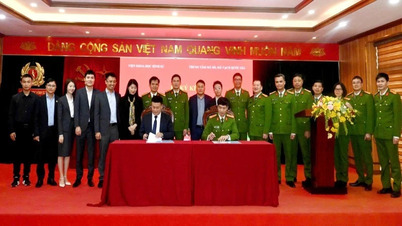

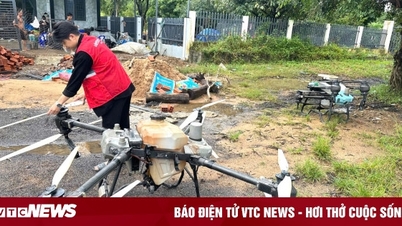










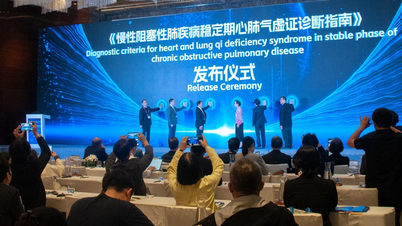








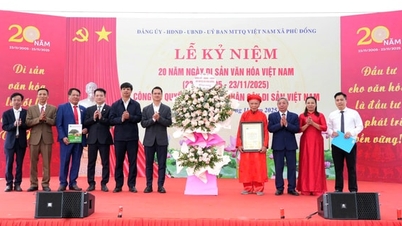






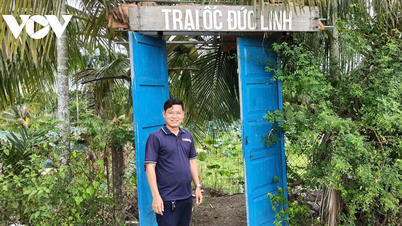
































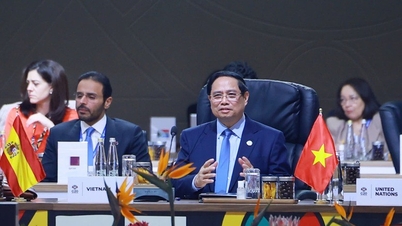










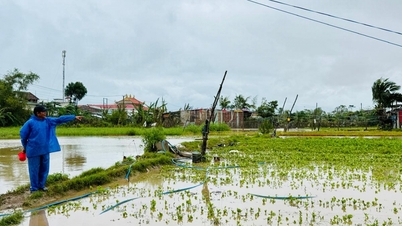

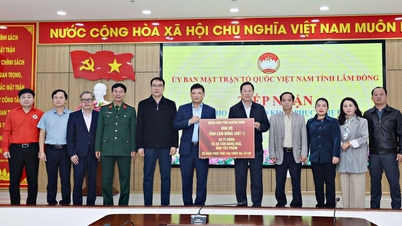

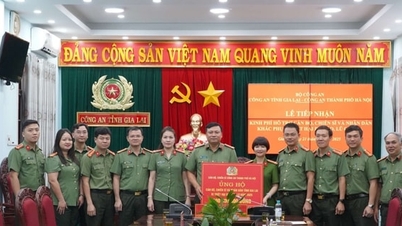
















Comment (0)